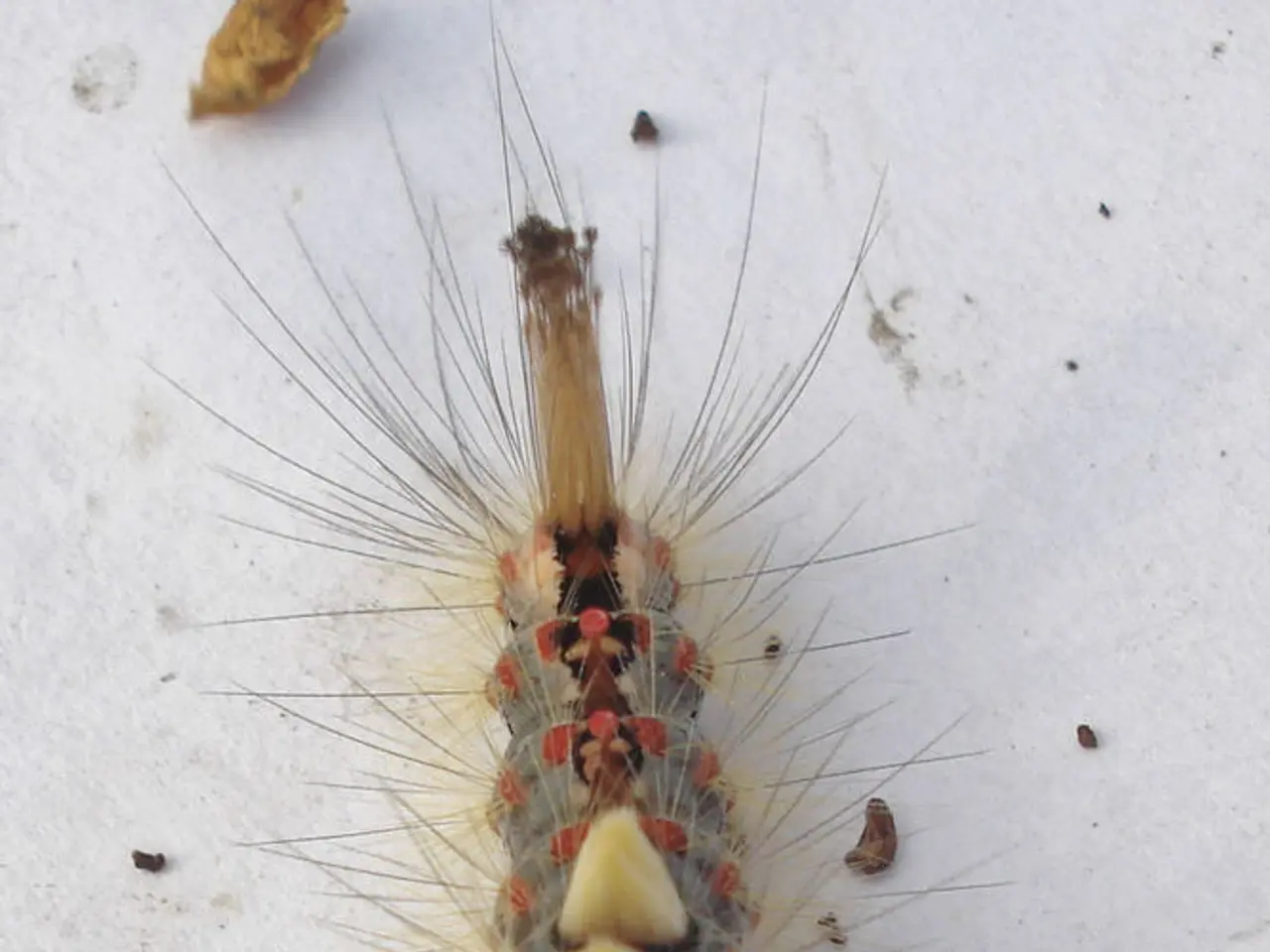Dust Mites Allergies Affect 20 Million Americans, Symptoms and Causes Explained
Dust mites, tiny spider-like creatures found in house dust, pose a significant allergy risk for millions of Americans. The Asthma and Allergy Foundation of America estimates that around 20 million people in the US suffer from a dust mite allergy. Allergists can diagnose this condition using simple skin-prick or blood tests.
Dust mites thrive in warm, humid environments, particularly in bedding, carpeting, and furniture cushions. They feed on dead skin cells and their waste products can trigger allergic reactions. Symptoms range from mild to severe, including a runny or itchy nose, congestion, and itchy, watery eyes. Inhaling these waste products can cause sneezing and a runny nose, while asthmatics may experience chest pain, breathing difficulties, and severe asthma attacks.
Long-term exposure to dust mite allergens can lead to sinus infections and asthma. The cause of dust mite allergy outbreaks is linked to genetic predisposition, disruption of the skin barrier, immune system responses involving IgE and various interleukins, and possibly disturbances in the skin's lipid composition and flora.
Dust mite allergies affect a significant portion of the American population, with symptoms ranging from mild to severe. Allergists can diagnose and manage these allergies, helping patients mitigate their symptoms and improve their quality of life.




